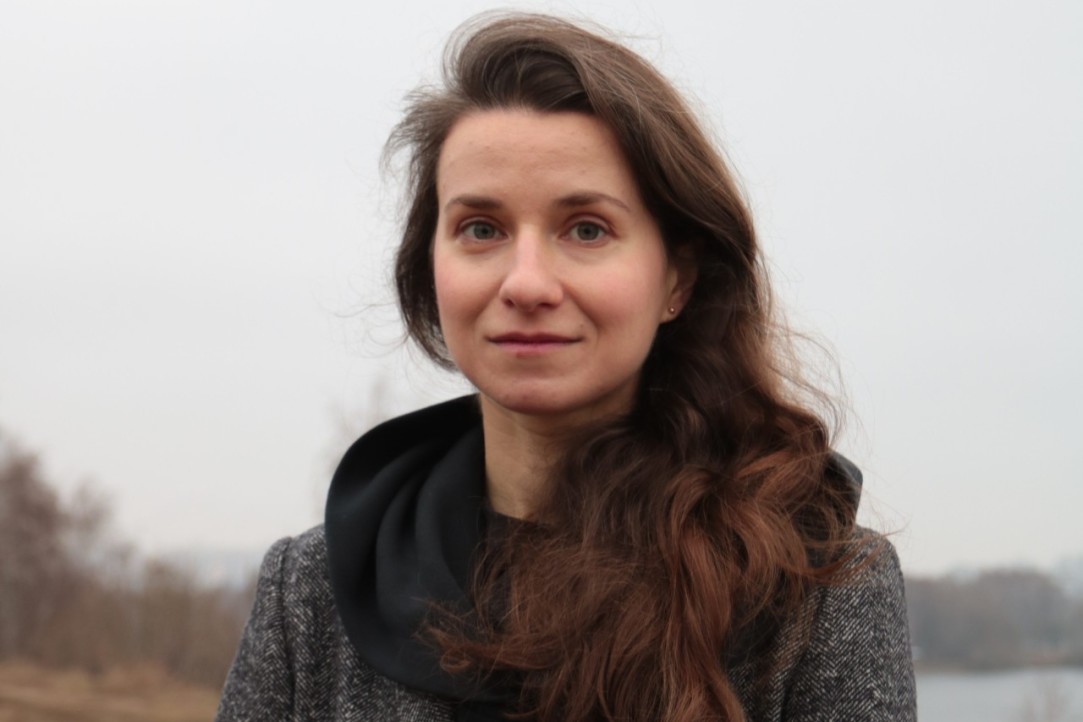The Era of Computation: How Advanced IT Is Revolutionizing Social Science

A recent release of Nature features an interview with Elizaveta Sivak, Head of the IOE Center for Modern Childhood Studies, where she shares about what essentially propelled her into computational social science. Established in 1869, Nature is among the world’s longest-standing and most reputable academic publications that now lists 32nd in the SCImago Journal & Country Rank (SJR).
This age of big data and machine learning heralds a point of turnaround for social science unlike any other before. Today, researchers are able to learn a lot more about society–and in an array of new ways.
An article by Heidi Ledford published in the June 17 News Feature of Nature cites a talk with IOE expert Elizaveta Sivak, where she reflects on what instigated her to turn to big data in social and educational studies one day.
Elizaveta’s key research strands are family and childhood. Back in 2015, she got up to exploring movements of urban adolescents, so Elizaveta developed a survey that asked youngsters to recollect ten places that they had been to during the past five days.
A year on, Sivak processed the gathered data, yet only to find that the survey returned very scarce and narrow evidence, so she ended up feeling somewhat discouraged and frustrated.
It was not until her colleagues referred her to the Copenhagen Networks Study, a milestone project tracking social-media contacts, demographics and location of about 1,000 students, with five-minute resolution, over five months, that Elizaveta was able to regain confidence. She then realized her field was in for a change as massive and revolutionary as never before.
All of this eventually prompted Elizaveta to learn how to code so she could join the ranks of computational social scholars who mine new evidence and social meanings from immense datasets of our digital lives.
Read full article on nature.com
Learn about educational data science research at IOE
Elizaveta Sivak